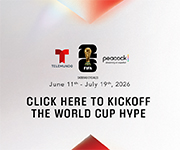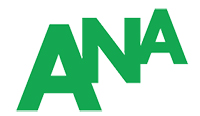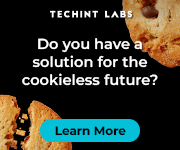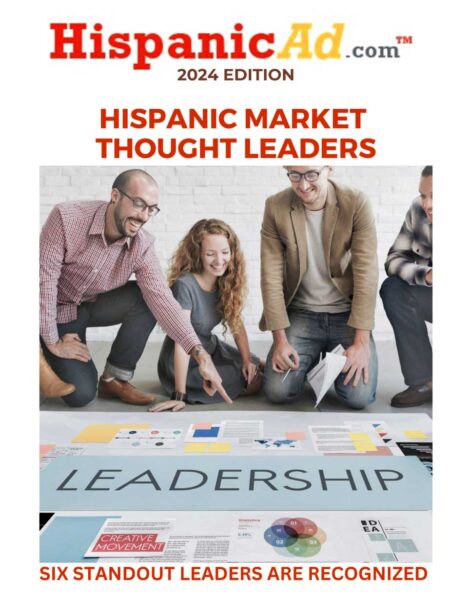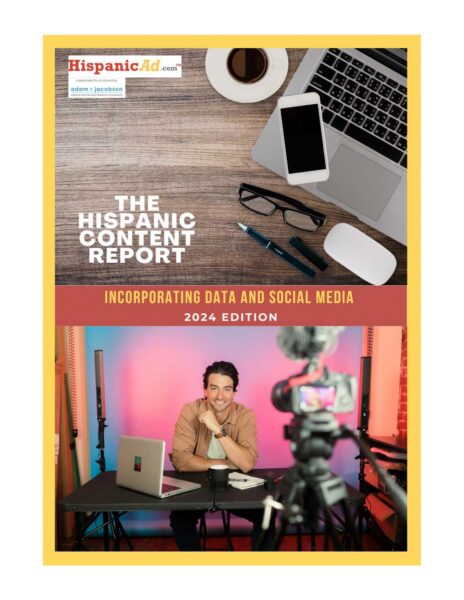Grade, Please? Agovino, Eastlan Get First ‘E-Plus’ Test Results
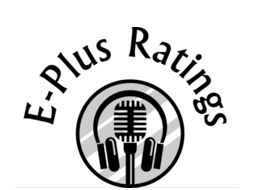 Mike Agovino makes no bones about it: Nielsen Audio and, before that, Arbitron, did a disservice to Hispanic radio in the nation’s No. 1 Spanish-language media marketplace by shifting to Portable People Meter (PPM) exposure-based methodology. Based on that methodology, Agovino says the E-Plus test results point to “a very healthy state” for Spanish-language radio and its competitive position in Los Angeles. By Adam Jacobson
Mike Agovino makes no bones about it: Nielsen Audio and, before that, Arbitron, did a disservice to Hispanic radio in the nation’s No. 1 Spanish-language media marketplace by shifting to Portable People Meter (PPM) exposure-based methodology. Based on that methodology, Agovino says the E-Plus test results point to “a very healthy state” for Spanish-language radio and its competitive position in Los Angeles. By Adam Jacobson


 We first started the Hispanic Television Summit 17 years ago for Broadcasting & Cable and Multichannel News. In 2002, the focus was primarily on Spanish language TV programming. The marketplace was concerned with how networks were negotiating for carriage on cable or satellite, and how they would help to attract Hispanic subscribers for pay TV providers, while broadcasters stressed how they dominated the share of audience. By Joe Schramm, Managing Partner & President, Schramm Marketing Group
We first started the Hispanic Television Summit 17 years ago for Broadcasting & Cable and Multichannel News. In 2002, the focus was primarily on Spanish language TV programming. The marketplace was concerned with how networks were negotiating for carriage on cable or satellite, and how they would help to attract Hispanic subscribers for pay TV providers, while broadcasters stressed how they dominated the share of audience. By Joe Schramm, Managing Partner & President, Schramm Marketing Group Hyundai Motor America has named Angela Zepeda, the senior vice president and managing director at its agency of record INNOCEAN USA, as its new chief marketing officer. Angela will be responsible for all of Hyundai’s marketing and advertising activities in the U.S., including the strategic direction, brand development, national and regional advertising, experiential marketing, digital and social media, brand partnerships, and lead generation, among other responsibilities.
Hyundai Motor America has named Angela Zepeda, the senior vice president and managing director at its agency of record INNOCEAN USA, as its new chief marketing officer. Angela will be responsible for all of Hyundai’s marketing and advertising activities in the U.S., including the strategic direction, brand development, national and regional advertising, experiential marketing, digital and social media, brand partnerships, and lead generation, among other responsibilities. Consumer-packaged-goods (CPG) companies worldwide invest about 20 percent of their revenue annually in trade promotions. Stunningly, 59 percent lost money (in the United States, it’s 72 percent). Conversely, best-in-class CPG promotions returned five times more than the least efficient. Clearly, there is a huge opportunity for both CPG manufacturers and retailers to improve return on investment (ROI) on their trade-promotion investments.
Consumer-packaged-goods (CPG) companies worldwide invest about 20 percent of their revenue annually in trade promotions. Stunningly, 59 percent lost money (in the United States, it’s 72 percent). Conversely, best-in-class CPG promotions returned five times more than the least efficient. Clearly, there is a huge opportunity for both CPG manufacturers and retailers to improve return on investment (ROI) on their trade-promotion investments. FilmLA, the film office of Greater Los Angeles, announced the debut of “LA Loves Film” – a new outreach and education program aimed at ensuring a sustainable future for on-location filmmaking in Greater Los Angeles.
FilmLA, the film office of Greater Los Angeles, announced the debut of “LA Loves Film” – a new outreach and education program aimed at ensuring a sustainable future for on-location filmmaking in Greater Los Angeles. Krysten Casabielle has been promoted to Managing Director at Miamim based Pinta agency. She previously held the position of Senior Account Director managing multiple teams and serving as the strategic lead for clients including Microsoft, Heineken, the National Football League (NFL), and Carnival Cruise Line.
Krysten Casabielle has been promoted to Managing Director at Miamim based Pinta agency. She previously held the position of Senior Account Director managing multiple teams and serving as the strategic lead for clients including Microsoft, Heineken, the National Football League (NFL), and Carnival Cruise Line. The ANA announced the launch of a new national conference that will address the growing and often controversial discipline of influencer marketing. The new event, called the 2019 ANA Influencer Marketing Conference, will be held next month on November 20–21 in New York City.
The ANA announced the launch of a new national conference that will address the growing and often controversial discipline of influencer marketing. The new event, called the 2019 ANA Influencer Marketing Conference, will be held next month on November 20–21 in New York City.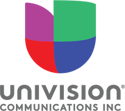 It is no secret that Univision Communications, led by CEO Vince Sadusky, has been looking to deleverage. With the September delivery of the privately held company’s Q2 results, Sadusky reiterated a July 3 company statement confirming that Univision’s Board of Directors is reviewing strategic options and that Univision has engaged financial advisors to assist with the process. By Adam Jacobson
It is no secret that Univision Communications, led by CEO Vince Sadusky, has been looking to deleverage. With the September delivery of the privately held company’s Q2 results, Sadusky reiterated a July 3 company statement confirming that Univision’s Board of Directors is reviewing strategic options and that Univision has engaged financial advisors to assist with the process. By Adam Jacobson In a previous post, I tried to define the word brand. In this one I want to propose five financial benefits of a strong brand. Most people, I believe, would start with selling more, but given what I wrote in the last post I must start with commanding a higher price point. by Nigel Hollis
In a previous post, I tried to define the word brand. In this one I want to propose five financial benefits of a strong brand. Most people, I believe, would start with selling more, but given what I wrote in the last post I must start with commanding a higher price point. by Nigel Hollis In the future, will your wearable device recommend what to add to your grocery list? Will you be able to order a new chair from a mobile 3D printer that can deliver it to you in the next hour? When you reach for your favorite brand on the shelf, will it automatically communicate to the manufacturer to re-stock the shelf faster?
In the future, will your wearable device recommend what to add to your grocery list? Will you be able to order a new chair from a mobile 3D printer that can deliver it to you in the next hour? When you reach for your favorite brand on the shelf, will it automatically communicate to the manufacturer to re-stock the shelf faster? By Gonzalo López Martí – Creative director, etc. / lmmiami.com
By Gonzalo López Martí – Creative director, etc. / lmmiami.com
 NGL Collective was once again recognized as one of the “Best Entrepreneurial Companies in America” by Entrepreneur magazine’s Entrepreneur360™ List, a premier study delivering the most comprehensive analysis of private companies in America.
NGL Collective was once again recognized as one of the “Best Entrepreneurial Companies in America” by Entrepreneur magazine’s Entrepreneur360™ List, a premier study delivering the most comprehensive analysis of private companies in America. There are millions of youths playing soccer in the United States. So why is the men’s national team so terrible?
There are millions of youths playing soccer in the United States. So why is the men’s national team so terrible?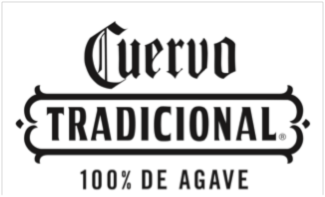 Jose Cuervo Tradicional announced the launch of a new film series, designed to tell the multi-faceted and authentic story of Día De Muertos (English: Day of the Dead). Each year, Cuervo Tradicional will capture different traditions around Mexico — sharing storied Día De Muertos moments from different Mexican filmmakers.
Jose Cuervo Tradicional announced the launch of a new film series, designed to tell the multi-faceted and authentic story of Día De Muertos (English: Day of the Dead). Each year, Cuervo Tradicional will capture different traditions around Mexico — sharing storied Día De Muertos moments from different Mexican filmmakers. In the age of anxiety, global challenges like trade, politics, inequality, and the state of the natural environment have captured much of the public’s consciousness. What’s not getting enough attention are timely examples of human innovation — the kind that will help drive a more sustainable future. There are two such milestones this year from which to draw inspiration.
In the age of anxiety, global challenges like trade, politics, inequality, and the state of the natural environment have captured much of the public’s consciousness. What’s not getting enough attention are timely examples of human innovation — the kind that will help drive a more sustainable future. There are two such milestones this year from which to draw inspiration. Increasing the number of companies led by women and multicultural entrepreneurs is not a top priority among the venture capital industry, despite data suggesting VCs acknowledge the opportunity to maximize returns, according to a new report and survey released by Morgan Stanley.
Increasing the number of companies led by women and multicultural entrepreneurs is not a top priority among the venture capital industry, despite data suggesting VCs acknowledge the opportunity to maximize returns, according to a new report and survey released by Morgan Stanley.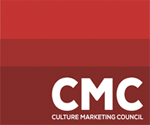 Culture Marketing Council: The Voice of Hispanic Marketing (CMC) announced five industry leaders will join its new Chair Gonzalo Del Fa, president of GroupM Multicultural, as the newest members of the CMC Board of Directors. Natalie Boden, founder & president of BODEN, Izzy Gonzalez, head of cross platform sales for CNN en Español, Pete Lerma, principal & founder of Richards/Lerma, Steve Mandala, president of advertising sales and marketing for Univision, and Rafael Urbina, chairman & CEO of VIX will work closely with the CMC’s governing bodies, committees and the executive director to support the organization’s strategic plan, which champions the quality of Hispanic marketing in the U.S., focusing on the value of culture-driven segmentation and elevating the critical role of the culture marketing specialist.
Culture Marketing Council: The Voice of Hispanic Marketing (CMC) announced five industry leaders will join its new Chair Gonzalo Del Fa, president of GroupM Multicultural, as the newest members of the CMC Board of Directors. Natalie Boden, founder & president of BODEN, Izzy Gonzalez, head of cross platform sales for CNN en Español, Pete Lerma, principal & founder of Richards/Lerma, Steve Mandala, president of advertising sales and marketing for Univision, and Rafael Urbina, chairman & CEO of VIX will work closely with the CMC’s governing bodies, committees and the executive director to support the organization’s strategic plan, which champions the quality of Hispanic marketing in the U.S., focusing on the value of culture-driven segmentation and elevating the critical role of the culture marketing specialist. As promised, I’m drilling down further on the positioning of the “full service”-classified agencies from Adweek’s list of the 100 Fastest-Growing Agencies. By Mark Duval – The Duval Partnership
As promised, I’m drilling down further on the positioning of the “full service”-classified agencies from Adweek’s list of the 100 Fastest-Growing Agencies. By Mark Duval – The Duval Partnership 10th Anniversary Hispanicize, the largest event of its kind, connected well over a thousand Latinx trendsetters, social media influencers, content creators, marketers, advertisers, social and political activists, as well as A-list celebrities last week, October 17-19, 2019, at the iconic 73-story InterContinental Los Angeles Downtown.
10th Anniversary Hispanicize, the largest event of its kind, connected well over a thousand Latinx trendsetters, social media influencers, content creators, marketers, advertisers, social and political activists, as well as A-list celebrities last week, October 17-19, 2019, at the iconic 73-story InterContinental Los Angeles Downtown.





